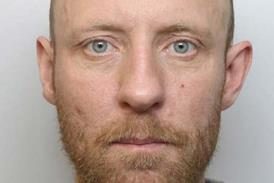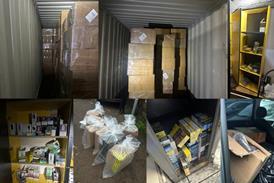Crime figures could soon be easier to understand following a major parliamentary cross-party review.
The government hopes to come up with a way to provide a measure of crime so that the public is less confused about the levels and types of crime.
It follows the release of the latest quarterly crime statistics to September 2005, which showed an 11% rise in robberies in England and Wales with overall violent crime up 4%.
These figures can differ sharply from the British Crime Survey (BCS), which polls people’s experience of crime. Interviews for the BCS to the end of September 2005 indicate that overall crime dropped by 2% while violent crime fell 5%.
Home secretary Charles Clarke said he was concerned that Home Office crime statistics were questioned. “Most people seem confused about what is happening to crime in this country,” said Clarke.
The Statistics Commission recently identified key public concerns for those who use crime information. These were: public trust in data; measures of total crime and the fear of crime; international comparisons; and getting the best data from local police forces. Last year the Commission suggested that the Home Office should be stripped of the task of compiling and processing the crime figures.
The Federation of Small Businesses (FSB) agreed that current crime statistics were confusing and demanded that crime against business should be recorded separately so that more resources could be directed to addressing the problem.
FSB home affairs spokesman David Croucher said: “Many of our members feel that crime against business is not taken seriously because it is not a key indicator for the police.”
Mark Cleary, who runs a Spar store in Manchester, has been a victim of robbery and said crime figures did not represent reality. “We get lots of problems but I don’t know who our local bobby is anymore. The government doesn’t do enough to help small stores like ours.”
The government hopes to come up with a way to provide a measure of crime so that the public is less confused about the levels and types of crime.
It follows the release of the latest quarterly crime statistics to September 2005, which showed an 11% rise in robberies in England and Wales with overall violent crime up 4%.
These figures can differ sharply from the British Crime Survey (BCS), which polls people’s experience of crime. Interviews for the BCS to the end of September 2005 indicate that overall crime dropped by 2% while violent crime fell 5%.
Home secretary Charles Clarke said he was concerned that Home Office crime statistics were questioned. “Most people seem confused about what is happening to crime in this country,” said Clarke.
The Statistics Commission recently identified key public concerns for those who use crime information. These were: public trust in data; measures of total crime and the fear of crime; international comparisons; and getting the best data from local police forces. Last year the Commission suggested that the Home Office should be stripped of the task of compiling and processing the crime figures.
The Federation of Small Businesses (FSB) agreed that current crime statistics were confusing and demanded that crime against business should be recorded separately so that more resources could be directed to addressing the problem.
FSB home affairs spokesman David Croucher said: “Many of our members feel that crime against business is not taken seriously because it is not a key indicator for the police.”
Mark Cleary, who runs a Spar store in Manchester, has been a victim of robbery and said crime figures did not represent reality. “We get lots of problems but I don’t know who our local bobby is anymore. The government doesn’t do enough to help small stores like ours.”

























No comments yet